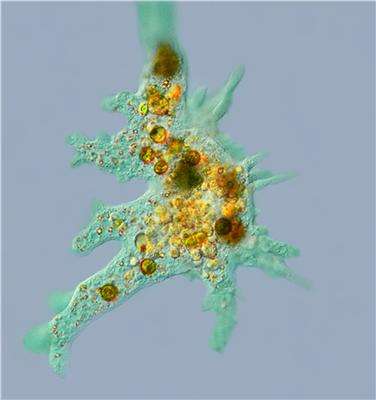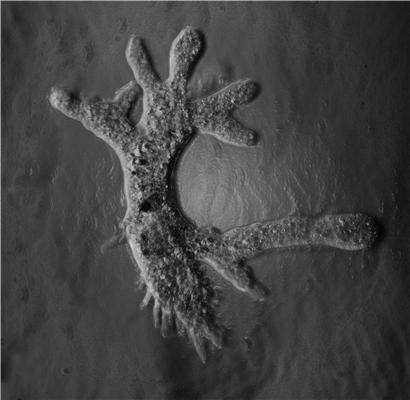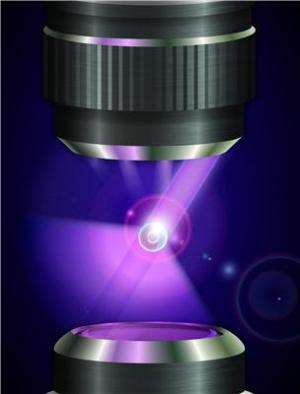Why cells allow the passage of disease

Using a digital microscopic holography technique, specialists at the Center for Research in Optics in Mexico, seek to know under what conditions the membranes of cells are deformed or broken, and determine how the permission or rejection of diseases occurs.
According to Mauricio Flores, head of research, the purpose is to understand the mechanism through which certain diseases are transmitted at the cellular level, for example, under what biomechanical conditions the cell membrane is susceptible to allowing the spread of cancer in a living organism.
"Using a microscopic configuration, we apply the principles of the holographic technique which allows us to see small objects. For this project, we observed cells and biological tissue, measuring their mechanical properties like deformation or vibration types."
When Mauricio Flores worked with a group at the University of South Florida (USF) in the USA, he observed, by using the technique of digital microscopic holography, how a light pulse deformed at Amoeba proteus, one of the largest cellular organisms, which was used for research.
"The pulse hits the cell and starts to generate some deformations in the membrane. We were able to see that there is an interaction or deformation of the microorganism due to the presence of the light pulse; now we want to measure how much of it is deformed by the light pulse."
When applying this technique, the light source is a laser, the required excitation source that provides the optical pulse (light pulses are generated by a pulsed laser); the light source allows us to image the object. Both systems converge in an optical system, and with the help of a digital video camera, high-resolution images of a sample are taken. In the case of Amoeba proteus, when the light pulse hits on the microorganism and deforms the surface of the cell, the video camera records it.

n this project, specialists in chemistry and cell biology from the University of Guanajuato, are collaborating. They assess what information is useful to them, because the objective behind using this technique is to test the different behavior of cell membranes and gather information about some pathologies related to cell growth.
"To know if the cells allow the passage of an anomaly or not, you need to have validated studies which are currently at an early stage; the research should be directed at understanding the mechanism under which the cell membranes will allow or deny the propagation of certain diseases."

Holography is a technique developed in 1947. It was born with the aim of improving the electron microscope. With the advent of lasers, holography was used as a tool to measure deformations in various objects, as well as recreational activities such as holographic photography. In the late 90s it began to be used in combination with microscopy which allowed to observe microscopic objects and obtain three-dimensional images without the need to modify the intrinsic properties of the observed specimens.
Provided by Investigación y Desarrollo





















